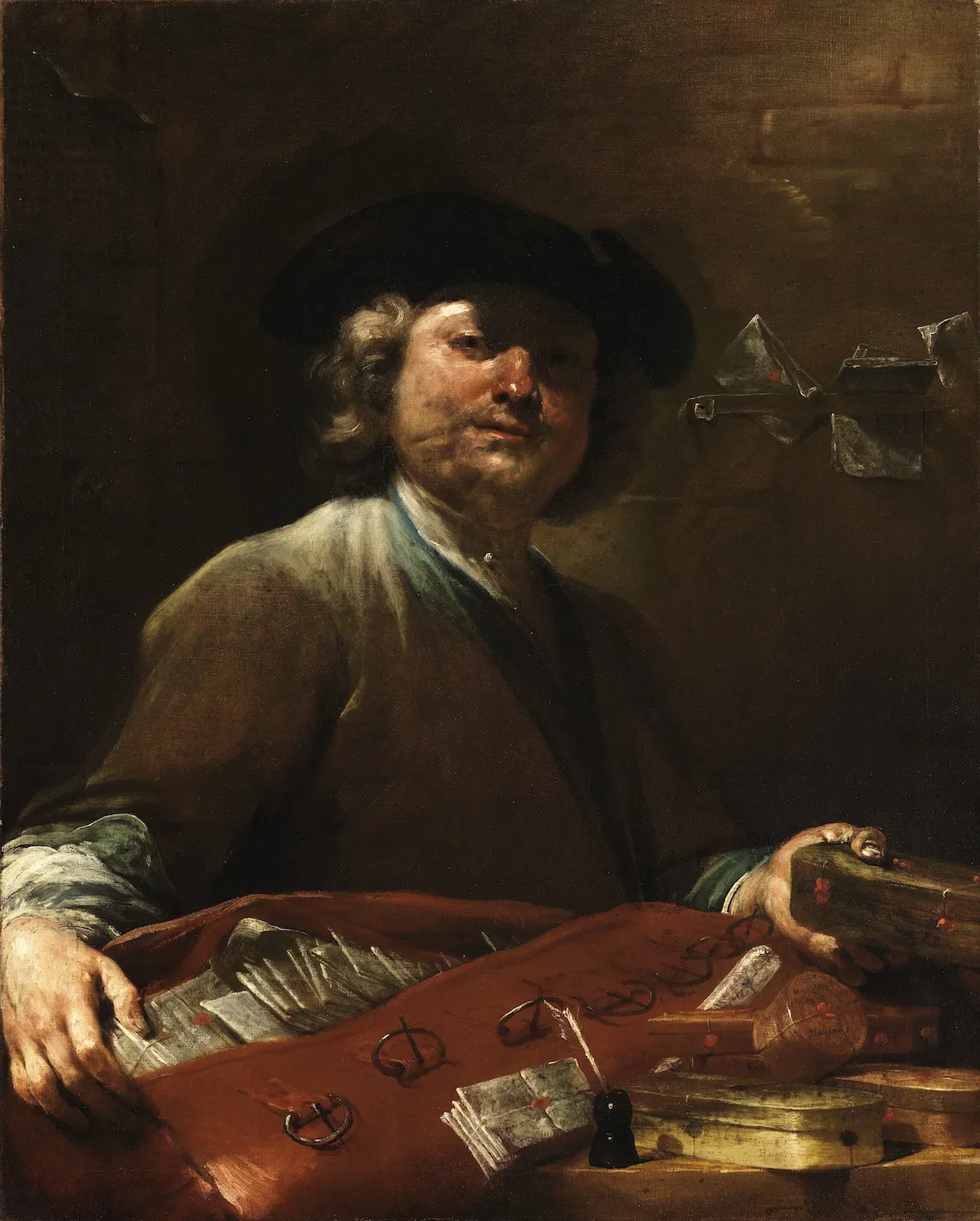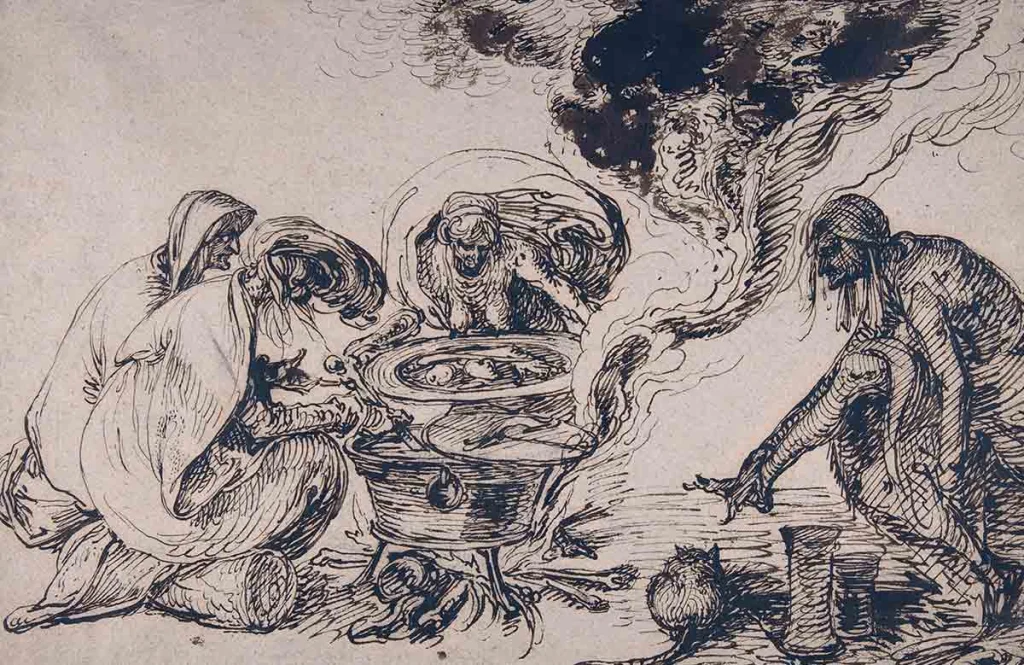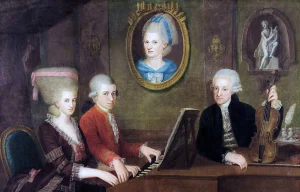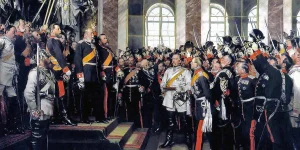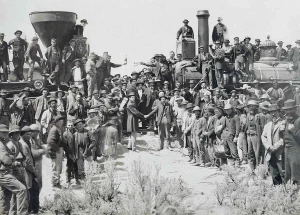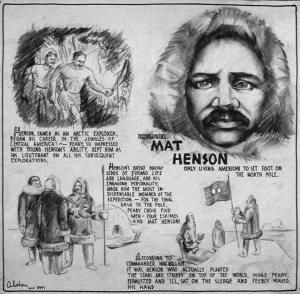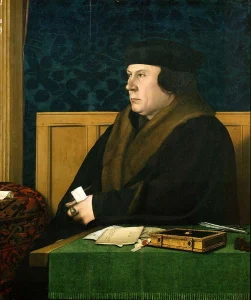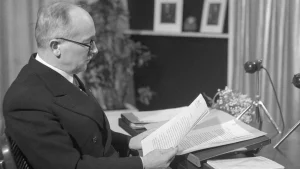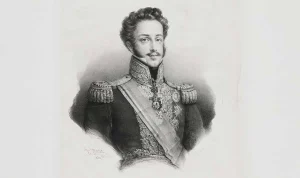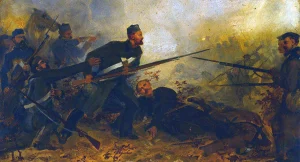# The Secret of the Black Chamber: How Letters Were Spied On in 18th-Century Europe
It is night in a small room behind a post office in late 18th-century Paris. Six clerks work by candlelight, their fingers moving with practised precision. One presses a letter’s wax seal into a small ball of quicksilver, capturing its impression. Another holds the letter itself over a cup of steaming water, the heat softening the wax until it yields. The seal is broken, the letter opened.
The clerks copy its contents word for word. Then, using the quicksilver mold, they reseal the letter as if it had never been touched. The original is returned to the postbag, none the wiser. The copy? It is sent to the postmaster general, who delivers it to the king at Versailles—where Louis XV reads the private correspondence of his courtiers at his leisure.
This was the cabinet noir—the “black chamber”—a secret operation hidden within the heart of the postal system.
The Birth of the Black Chamber
The black chamber was not a new invention. By the time Madame du Hausset, lady’s maid to Louis XV’s mistress Madame de Pompadour, described its workings in her (likely fictional) memoirs, such operations had been running for over a century. As early as 1633, French ministers had ordered the interception of letters to uncover scandal, treason, or simply juicy gossip.
The clerks worked in shifts, often through the night, processing the day’s post before it resumed its journey. Their copies—called “intercepts”—survive today in state archives, thousands of them, silent witnesses to a vast, invisible surveillance network.
Madame du Hausset’s account, published in 1809, claimed that ministers delighted in the “ludicrous stories and love affairs” they uncovered. The revelation was so unsettling that the king’s own surgeon reportedly declared: “I would as soon dine with the hangman as with the Postmaster-General.”
The Art of Letterlocking: How People Tried to Outsmart Spies
People weren’t fools. They knew their letters might be read. Before envelopes became common in the 18th century, letters were folded intricately—a practice called letterlocking—to serve as their own protection. Some even built in traps: folds that would tear if opened improperly, leaving evidence of tampering.
The Marquise de Sévigné, a prolific 17th-century letter-writer, once addressed her unseen interceptors directly: “Messieurs, at least take the trouble to put [the letters] back in their envelopes.”
But the black chamber was skilled. They perfected the art of resealing letters so flawlessly that no one would suspect a thing.
Postal Espionage Across Europe
France was not alone. By the 17th century, black chambers operated in Turin, Milan, Venice, Augsburg, and Brussels. Postal officials—often from powerful families like the Tassis, who controlled Europe’s postal networks—worked as intelligence gatherers, feeding information to rulers.
In Spain-controlled Naples and Milan, officials intercepted merchants’ letters by the 1580s. In Augsburg, Catholic postal agents promised to seize Lutheran correspondence. In Brussels, English diplomats complained for centuries that their letters were opened before crossing the Channel.
The post office wasn’t just a way to send mail—it was a weapon of state control.
The Scandal That Shook Britain
The black chamber’s secrecy made it hard to prove—until 1844, when Italian revolutionary Giuseppe Mazzini exposed Britain’s own postal espionage.
Suspecting his letters were being read, Mazzini filled envelopes with sand or seeds. When his correspondents reported missing contents, he had proof. The scandal erupted in Parliament, sparking outrage over privacy violations.
Thomas Carlyle wrote to The Times: “It is a question vital to us that sealed letters… be respected as things sacred.”
Though Britain publicly condemned the practice, espionage continued. The U.S. later established its own “Black Chamber” in 1917, a precursor to the NSA.
The Shadows of the Black Chamber
Today, digital surveillance has replaced wax seals and steam. But the black chamber’s legacy lingers—a reminder that privacy has always been fragile, and those in power have always sought to peek behind the curtain.
Next time you seal an envelope, remember: someone, somewhere, might still be watching.

